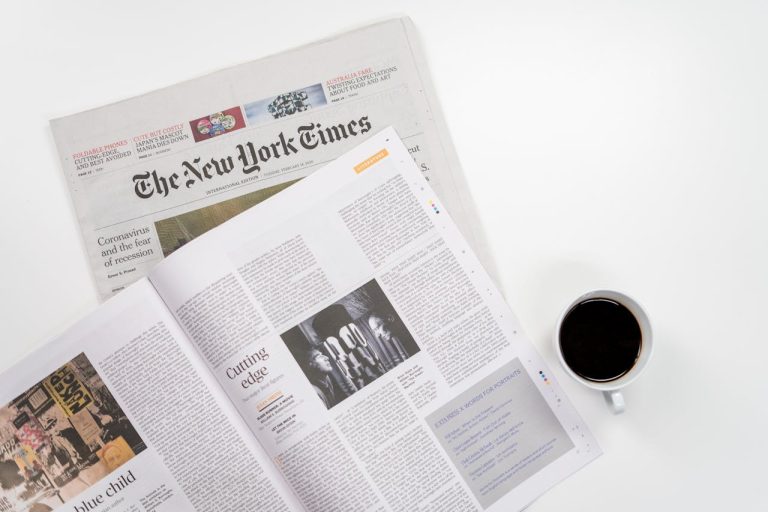The market for artificial intelligence (AI) in the U.S. is expected to grow to reach $594 billion by 2032, with the global market valued at $2.57 trillion. This growth has been fueled by tech giants’ investments in research and development that have allowed AI to be adapted for use in a vast variety of industries, including journalism. It is important for business journalists to not only look at how AI is impacting other industries but also how it is impacting their own.
At the end of last year, The New York Times sued Microsoft and OpenAI for copyright infringement. The suit alleges that “millions of articles published by The Times were used to train automated chatbots that now compete with the news outlet as a source of reliable information.”
The Times isn’t the only entity suing AI companies for using their content to train their models. Dozens of prominent authors have filed suits accusing OpenAI of using their work to train ChatGPT, which can now produce “derivative works” mimicking or summarizing their work without proper compensation or notification. Last February, Getty Images accused Stability AI of copying more than 12 million of their photos. Last fall, the comedian Sarah Silverman also joined separate class-action suits against OpenAI and Meta for using her memoir without permission. These are just a few examples of the uncharted landscape creators are faced with as AI models like ChatGPT grow in popularity and sophistication.
In an effort to get ahead of further lawsuits and maintain access to needed data, AI companies are now trying to collaborate with creators to not only train their fledgling technology, but to expand the use of AI more broadly. For example, Microsoft recently announced five partnerships with news organizations to “help build sustainable newsrooms for generations to come.” One of those partnerships is with the Craig Newmark Graduate School of Journalism at the City University of New York to “explore ways to incorporate generative AI into their work and newsrooms in a three-month hybrid and highly interactive program” for experienced journalists.
As for training AI models, several large news organizations have already found an agreeable way to allow companies to legally use their work. The Associated Press announced last summer that they had struck a deal with OpenAI to license their archive of news stories. In their Q4 revenue report, Thompson Reuters Corporation specified that their 10% revenue growth was “driven primarily by Generative AI related content licensing revenue that was largely transactional in nature.”
So what does this mean for the future of journalism alongside the future of AI? As the Reuters report noted, the licensing deals they inked were predominantly transactional rather than recurring in nature. Although the company is optimistic about growth opportunities in this area for the next few years and stated they are in a “growth and investment mode,” what do these short-term deals mean for the long-term of journalism? Once AI models are trained on the material, what kind of business model is left for news organizations to make with these companies?






